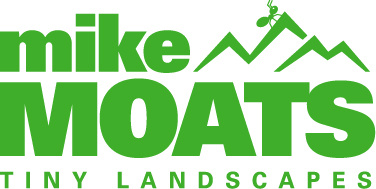My favorite style of shooting macro is having everything in focus in my subjects.
Some photographers like having some in focus and some out of focus, and some like soft focus with very little of the subject in focus, and that's a good thing, but I still like everything in focus.
I always tell photographers if you want to guarantee everything in focus shoot at the highest f/stop of your lens whether your lens goes to f/32 or maybe only f/22, but that is going to work the same, go to the highest f/stop for max depth of field.
I've gone out to shoot and set my f/stop to f/32 and shot the whole time without ever changing my f/32.
Many of you know that shooting at the highest f/stop numbers with cause diffraction, here's a link to a post about diffraction. f/32 and Sharpening - Mike Moats - Award Winning Macro Photographer (tinylandscapes.com)
Many photographers say to avoid the diffraction never shoot over f/16, and to get the least diffraction and the sharpest images out of your lens, you want to shoot in the f/8 range.
The problem for macro photographers shooting in very close to our subjects we get very little in focus when shooting in an f/8 range.
Landscapes and wildlife photographers do a lot of their shooting in the f/8 range because when shooting subjects that are a great distance away, they will get great depth of field at f/8, so it works great for them, but doesn't work the same for macro.
So, to show just how shallow the depth of field is at f/8 I set up this peacock feather on a table and set up my tripod and camera into a macro range.
As you can see the front of the lens is set at an angle to the subject rather than parallel, and that is because sometimes you can't always get parallel to a subject, so you have to learn how to shoot a subject at bad angles which will increase the amount of depth of field you need to get the subject all in focus.
Here is the set up using my Tamron 90mm macro lens shooting at an extreme angle.

